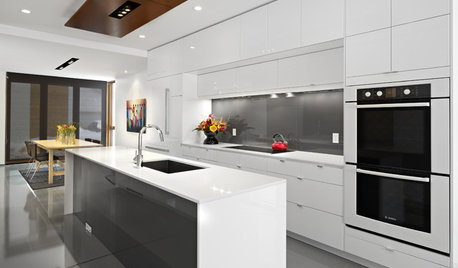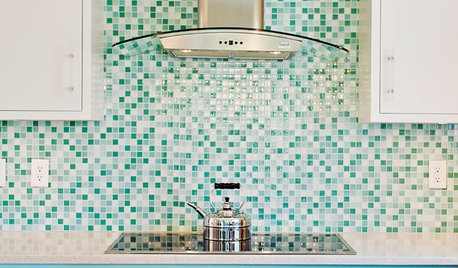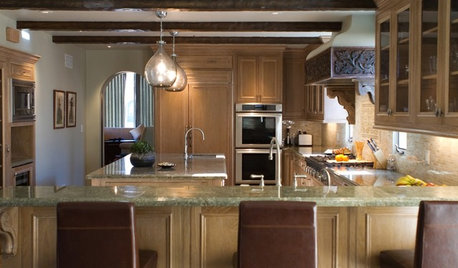induction cooktop questions?
jadeite
11 years ago
Related Stories

KITCHEN APPLIANCESFind the Right Cooktop for Your Kitchen
For a kitchen setup with sizzle, deciding between gas and electric is only the first hurdle. This guide can help
Full Story
REMODELING GUIDESPlanning a Kitchen Remodel? Start With These 5 Questions
Before you consider aesthetics, make sure your new kitchen will work for your cooking and entertaining style
Full Story
KITCHEN APPLIANCESFind the Right Oven Arrangement for Your Kitchen
Have all the options for ovens, with or without cooktops and drawers, left you steamed? This guide will help you simmer down
Full Story
KITCHEN DESIGNA Cook’s 6 Tips for Buying Kitchen Appliances
An avid home chef answers tricky questions about choosing the right oven, stovetop, vent hood and more
Full Story
KITCHEN DESIGN9 Popular Stovetop Options — Plus Tips for Choosing the Right One
Pick a stovetop that fits your lifestyle and your kitchen style with this mini guide that covers all the basics
Full Story
KITCHEN DESIGNHow to Choose the Right Hood Fan for Your Kitchen
Keep your kitchen clean and your home's air fresh by understanding all the options for ventilating via a hood fan
Full Story
KITCHEN DESIGNHow to Find the Right Range for Your Kitchen
Range style is mostly a matter of personal taste. This full course of possibilities can help you find the right appliance to match yours
Full Story
KITCHEN DESIGNHouzzers Say: Top Dream Kitchen Must-Haves
Tricked-out cabinets, clean countertops and convenience top the list
Full Story
KITCHEN APPLIANCESLove to Cook? You Need a Fan. Find the Right Kind for You
Don't send budget dollars up in smoke when you need new kitchen ventilation. Here are 9 top types to consider
Full Story
KITCHEN APPLIANCESThe Many Ways to Get Creative With Kitchen Hoods
Distinctive hood designs — in reclaimed barn wood, zinc, copper and more — are transforming the look of kitchens
Full StoryMore Discussions







chac_mool
stir_fryi SE Mich
Related Professionals
Buffalo Kitchen & Bathroom Designers · Glens Falls Kitchen & Bathroom Designers · Ridgefield Kitchen & Bathroom Designers · St. Louis Kitchen & Bathroom Designers · East Tulare County Kitchen & Bathroom Remodelers · Minnetonka Mills Kitchen & Bathroom Remodelers · Bremerton Kitchen & Bathroom Remodelers · Calverton Kitchen & Bathroom Remodelers · Kettering Kitchen & Bathroom Remodelers · Lisle Kitchen & Bathroom Remodelers · Republic Kitchen & Bathroom Remodelers · Tuckahoe Kitchen & Bathroom Remodelers · South Jordan Kitchen & Bathroom Remodelers · Effingham Cabinets & Cabinetry · Worcester PlumbersjadeiteOriginal Author
weedmeister
chac_mool
attofarad
westsider40
Fori
kaseki
txjoyce
jadeiteOriginal Author
cj47
herring_maven
williamsem
jadeiteOriginal Author
kaseki
jadeiteOriginal Author
Fori
jadeiteOriginal Author
Fori
weedmeister
a2gemini
williamsem
kaseki